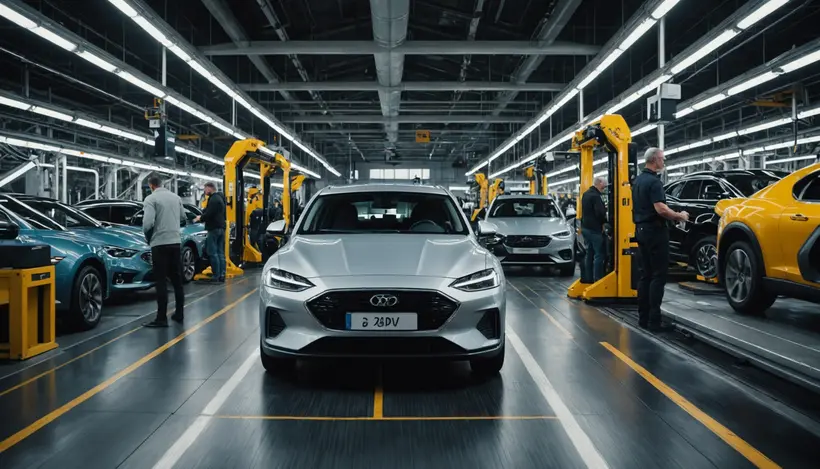The ACEA’s mid-year economic and market report for 2025 reveals a fascinating dichotomy within the automotive world. While the global market experienced an overall rise, driven primarily by China’s aggressive growth, the European Union struggled to maintain its footing. The report spotlights the diverse factors influencing this divergence, including shifting trade dynamics, varying economic landscapes, and the accelerating transition toward new energy vehicles. This initial glimpse into 2025 highlights the ever-evolving nature of the automotive industry and the crucial need for adaptability and forward-thinking strategies by all players involved.
Understanding the European Market’s Challenges
Europe’s automotive sector faced a confluence of challenges in the first half of 2025. Rising energy costs, stricter CO2 emission targets, and trade tensions, particularly with the US, all contributed to a contraction in production and a decline in registrations. The report accurately points out the significant impact on both imports and exports, which saw decreases, narrowing the trade surplus. This period underscored the sensitivity of the European automotive industry to external pressures and the need for policy and technological innovation to counteract these pressures. Furthermore, this period shows the need for European manufacturers to adopt more aggressive marketing strategies for the US market.
China’s Ascendancy and the Global Restructuring
Understanding the European Market’s Challenges
China’s remarkable surge in auto registrations, supported by policy incentives, presents a stark contrast to Europe’s stagnation. This is driven by government scrappage incentives to help boost the economy as well as the push for new energy vehicles. China’s growing dominance in production and its increased presence in the EU market as an exporter signal a significant shift in the balance of power. The report’s findings emphasize the importance of international automakers in adapting to the changing demands of the Chinese market, as well as the need for the EU to formulate competitive strategies to compete with the new energy vehicles China is now producing. The numbers show the growing need for international automakers to start considering more options for the Chinese market.
The Commercial Vehicle Sector and Regional Disparities
The commercial vehicle market across Europe experienced a downturn, reflecting both a return to established patterns and ongoing struggles to modernize vehicle fleets and implement zero-emission powertrains. While some markets like Spain demonstrated strength, the overall trend points to a need for targeted interventions and supportive policies. The divergent performance of different vehicle segments and regional differences in production also illustrate the varied pressures and opportunities within the commercial sector, making it an essential element for companies operating across this industry sector.
Final Thoughts
The first half of 2025 serves as a potent reminder of the dynamic forces shaping the global automotive industry. This report underscores the importance of staying informed and adaptable. The data from ACEA underlines the need to analyze these trends, and understand their impact on your organization. The ability to forecast future challenges and recognize opportunities will be crucial for success in an increasingly competitive environment. To thrive in this environment, it will be critical for stakeholders in the automotive sector to be forward-thinking and embrace agility.













